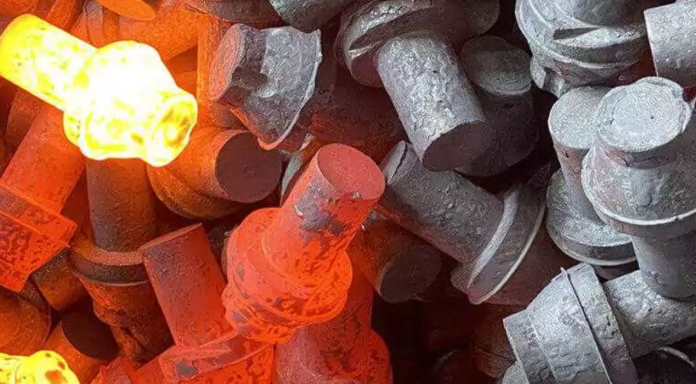Forged connecting rods are critical additives in excessive-overall performance and racing engines due to their awesome electricity and durability. The forging system aligns the metal’s grain structure, resulting in superior tensile power and fatigue resistance as compared to forged or billet rods. This ensures that forged rods can withstand the extreme forces and excessive RPMs encountered in traumatic applications.
Their stronger reliability reduces the hazard of failure, which is vital for preserving the engine’s overall performance and durability under severe conditions. Additionally, forged connecting rod contribute to stepped-forward engine performance by reducing reciprocating mass and taking into account better compression ratios. Their capacity to deal with high hundreds and resist thermal and mechanical stresses makes them fundamental in packages where performance and reliability are paramount.
Common Testing Methods Used to Evaluate Forged Connecting Rods
Here’s an in-depth study of the common testing strategies used to evaluate forged connecting rods.
Tensile Testing
A crucial method for determining forged connecting rod strength and ductility is tensile testing. The pressure that the rod can withstand without deforming or breaking is measured in this test. Throughout the test, a sample of the connecting rod is pulled till it fractures. The information received facilitates in determining the material’s tensile energy, yield electricity, and elongation. These statistics are critical for knowing the rod’s potential to handle excessive hundreds and stresses.
Fatigue Testing
Fatigue testing assesses the forged connecting rod’s potential to bear repeated loading cycles without failing. On this test, the rod is subjected to cyclic strain, simulating the situations it’ll face in an engine. The range of cycles the rod can face before showing signs of fatigue or failure is recorded. This test is crucial for predicting the rod’s longevity and performance below actual international engine conditions, where it will enjoy consistent strain variations.
Impact Testing
Effect testing evaluates the durability of forged connecting rods using measuring their potential to take in power at some point of a high-force effect. In this test, the rod is subjected to sudden and intense pressure, normally using a pendulum or hammer. The test determines how properly the rod can face up to surprise hundreds and effects without cracking or breaking. This test is vital for assessing the rod’s sturdiness and its resistance to sudden stresses.
Hardness Testing
Hardness testing measures the resistance of forged connecting rods to indentation and surface wear. A tough indenter is pressed into the rod’s surface with a specific pressure, and the intensity or length of the resulting indentation is measured. The results of this test shed light on the material’s wear resistance and hardness, which may be essential for preserving overall performance and durability in high-stress settings.
Ultrasonic Testing
Ultrasonic testing is a non-damaging approach used to detect internal defects and inconsistencies in forged connecting rods. Excessive-frequency sound waves are handed through the rod, and the reflections are analyzed to discover any inner flaws, which include cracks or voids. This test is important for ensuring the rod’s structural integrity and figuring out ability weaknesses that might affect its performance and reliability.
Magnetic Particle Testing
Magnetic particle testing is any other non-destructive approach used to detect surface and near-floor defects in forged connecting rods. The rod is magnetized, and magnetic debris is applied to its floor. Any defects or cracks will disrupt the magnetic area, causing the debris to build up on the flawed sites. This check helps in figuring out floor imperfections that would compromise the rod’s power and performance.
Dimensional Inspection
Dimensional inspection involves measuring the forged connecting rod’s physical dimensions to make certain they meet unique tolerances and standards. The use of precision measuring equipment, which includes calipers, micrometers, or coordinate measuring machines (CMMs), the rod’s period, diameter, and different essential dimensions are checked. This test is crucial for verifying that the rod’s dimensions are within the required specifications for the correct engine match and characteristic.
Remarks
Each of these methods provides precious insights into different elements of forged connecting rods, ensuring they meet the rigorous needs of high-overall performance and racing engines. By using very well comparing the rods through those strategies, producers, and engineers can make sure that they supply dependable, notable additives intending to perform optimally beneath intense conditions.










